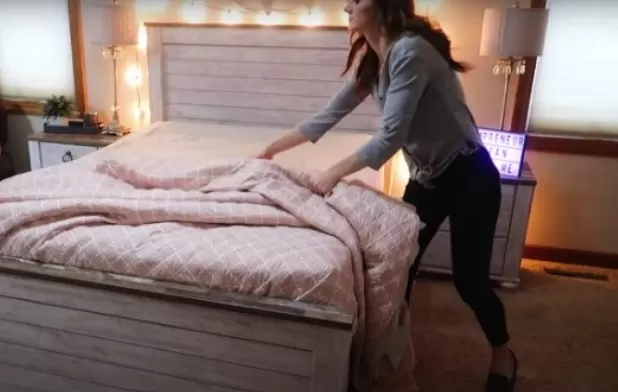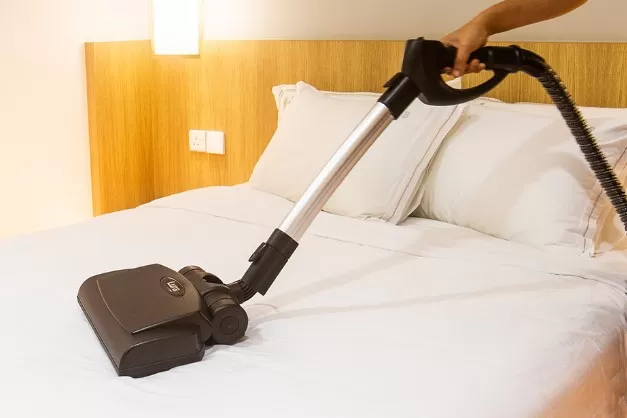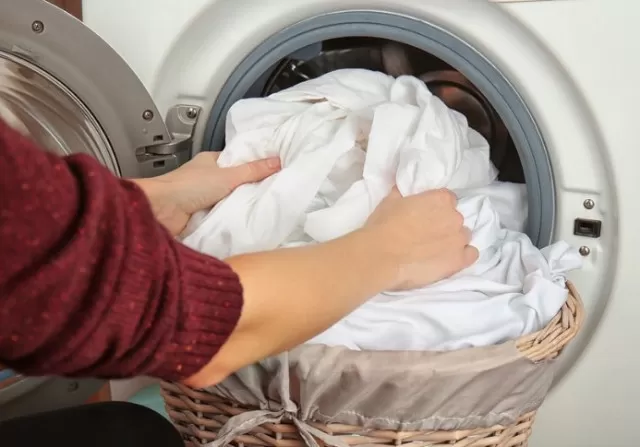4 Ways Mattress Cleaning: How to Eliminate Dust Mites. Dust mites are ubiquitous in our homes, but they tend to congregate in the highest concentrations on surfaces that trap dust.
such as mattresses, curtains, and carpets that can’t be regularly washed. Unfortunately, these are also the areas where we spend most of our time, such as bedrooms and living areas.
So, what are dust mites? They are minuscule, arachnid creatures that feed on the dead skin cells we continually shed. Unlike bed bugs or lice, they do not bite, sting, or burrow into our skin. However, people can develop reactions by inhaling the proteins found in dust mite feces, urine, or decomposing bodies.
Dust mites thrive in warm, humid environments like our beds. However, regular cleaning, including washing bed sheets every week, making smart bedding choices, and implementing thorough cleaning practices, can help eliminate dust mites from your mattress.
Mattress Cleaning Schedule: How Often to Remove Dust Mites

If you have allergies and your mattress does not have a dust mite-proof cover, it is recommended that you vacuum it at least once a month to minimize the number of dust mites.
However, if the mattress has a dust-proof cover that is cleaned frequently, then cleaning it twice a year should suffice.
How to Clean Your Mattress: Start by Removing All Bedding

Begin by removing all bedding from the mattress, including bedcovers, sheets, pillowcases, mattress protector, and dust-proof cover.
If you have encased the bed pillows and box springs with a cover, which is recommended, remove them as well. This will ensure that you can clean every part of the mattress effectively.
How to Clean Your Bedding: Washing Tips

Wash all bedding and dust covers using your regular detergent in warm water.
To ensure that all dust mites have been eliminated, dry them in an automatic dryer at a high temperature for at least 10 minutes. This will help ensure that any remaining dust mites are killed and your bedding is thoroughly sanitized.
Dust Mite Removal: How to Vacuum Your Mattress
Use a vacuum equipped with a HEPA (high-efficiency particulate air) filter, hose, and an upholstery brush attachment to vacuum every surface of the mattress, including the sides and box springs.
Additionally, vacuum or dust the bed frame to ensure that all dust mites are removed.
Pro Tip: To freshen the mattress during the vacuuming process, sprinkle some dry baking soda over the surface.
Use a soft-bristled brush or damp cloth to work the baking soda into the mattress, let it sit for at least an hour, and then vacuum away the dust, dust mites, and odors.
Mattress Cleaning: Replacing Protective Covers and Bedding
Once the bed and bedding are fully dry, replace the protective dust mite mattress covers and bedding.
This will help prevent future infestations of dust mites and keep your sleeping area clean and comfortable.
To keep dust mites under control, here are some helpful tips
Use insect and dust-proof covers to protect your mattress, box springs, and pillows.
Covers can be made from non-porous materials like vinyl or plastic, or more breathable materials like microfiber polyester, nylon, or tightly woven cotton. Wash bedding at least once a week.
If you can’t wash your comforter or bedspread that frequently, use an automatic dryer on an air-only setting to help remove dust and dust mites.
Remove excess items from the bed, such as stuffed animals and decorative pillows, as they can harbor dust mites. Reduce humidity levels in the bedroom to around 50% using a dehumidifier, air conditioning, and bathroom exhaust fans.
Lower the bedroom temperature to at least 68°F to slow the dust mite breeding cycle. Allow bedding to air out and dry for a few minutes before making the bed each morning. Remove wall-to-wall carpeting and heavy drapes from the bedroom to reduce the level of dust in the room.
Use hypoallergenic pillows and mattresses, such as those made with latex foam which are less hospitable to dust mites than cotton padding. Opt for foam pillows over down or feathers.
Upgrade HVAC filters to HEPA filters and replace or clean them regularly. Avoid having pets in the bedroom, as dust mites thrive in animal dander. .
*The information is for reference only.